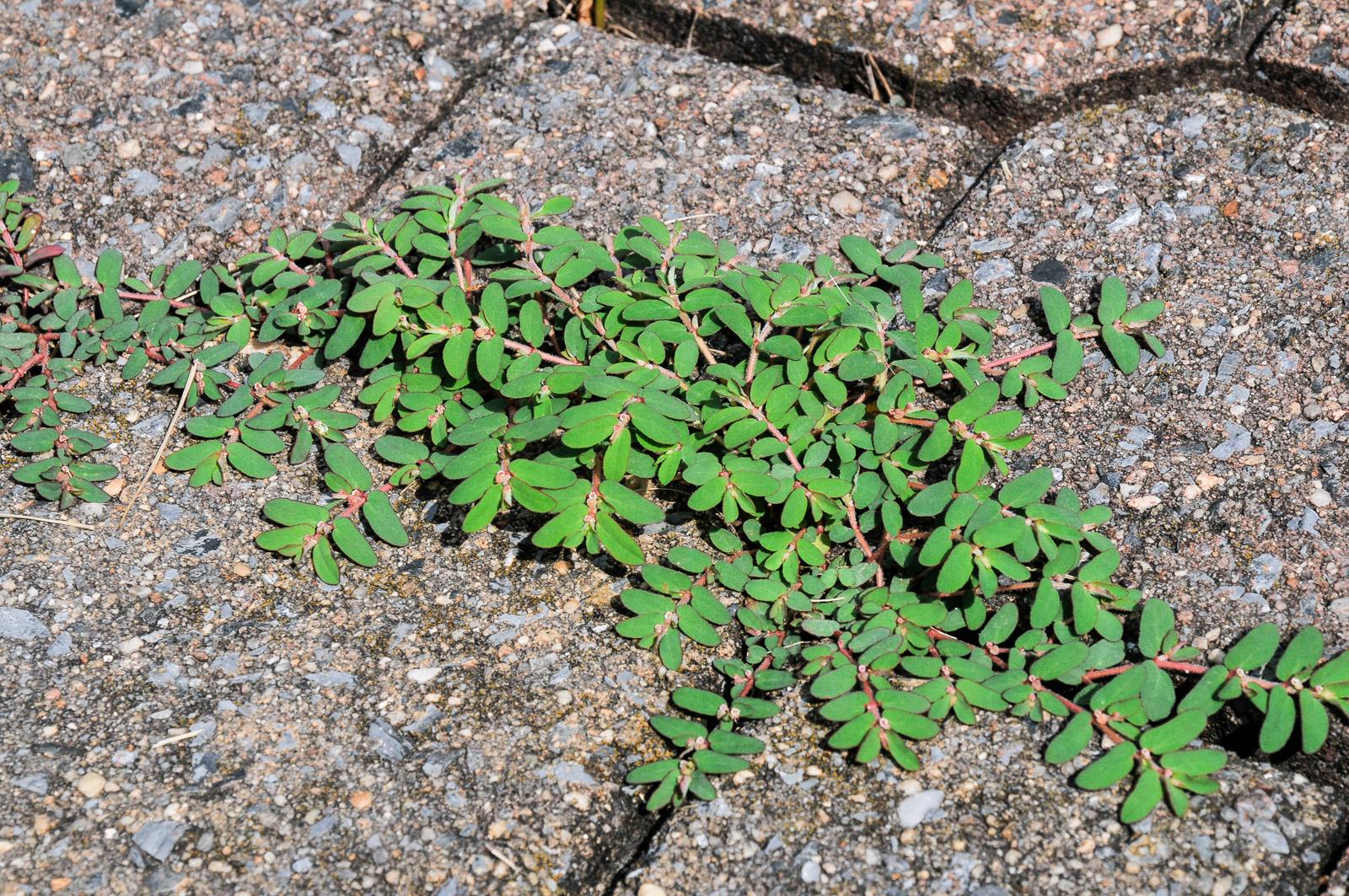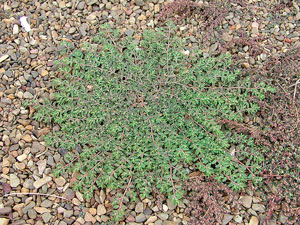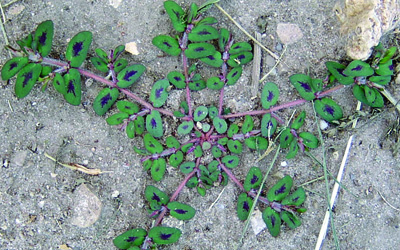How To Get Rid Of Prostrate Spurge For Good
Prostrate spurge is a low-growing, succulent weed that can be found in lawns, gardens, and other areas. It is characterized by its smooth, fleshy leaves and small, white flowers. Prostrate spurge can be a difficult weed to control, as it can quickly spread by its seeds and runners.
If you have prostrate spurge in your yard, there are a few things you can do to get rid of it for good.
1. Mow your lawn regularly. Mowing your lawn at the recommended height will help to smother prostrate spurge and prevent it from spreading. 2. Rake up and remove dead leaves and debris. Dead leaves and debris can provide a breeding ground for prostrate spurge. Rake them up and remove them from your yard. 3. Use a pre-emergent herbicide. A pre-emergent herbicide can be applied to your lawn in early spring to prevent prostrate spurge seeds from germinating. 4. Pull weeds by hand. If you have a small infestation of prostrate spurge, you can pull the weeds by hand. Be sure to remove the entire root, as any remaining roots can regrow. 5. Use a post-emergent herbicide. A post-emergent herbicide can be used to kill existing prostrate spurge plants. Be sure to follow the instructions on the label carefully.
6. Solarize the soil. Solarization is a method of killing weeds by exposing the soil to sunlight. To solarize the soil, cover the area with clear plastic sheeting and weigh down the edges with rocks or bricks. Leave the plastic in place for at least four weeks.
7. Use a biocontrol agent. A biocontrol agent is a living organism that can be used to control weeds. There are several biocontrol agents that can be used to kill prostrate spurge, such as the moth Cactoblastis cactorum.
8. Combine methods. The best way to get rid of prostrate spurge is to combine several methods. For example, you could mow your lawn regularly, apply a pre-emergent herbicide, and pull weeds by hand.
Conclusion
Prostrate spurge can be a difficult weed to control, but it is possible to get rid of it for good. By following the tips in this blog post, you can eliminate prostrate spurge from your yard and enjoy a weed-free lawn.
FAQ of prostrate spurge
- What is prostrate spurge?
Prostrate spurge (Euphorbia maculata) is a low-growing, spreading weed that is native to Europe and Asia. It has been introduced to North America and other parts of the world, where it is now considered an invasive species. Prostrate spurge can be found in a variety of habitats, including disturbed areas, roadsides, gardens, and lawns.
- What are the characteristics of prostrate spurge?
Prostrate spurge is a small, succulent plant with stems that can grow up to 12 inches long. The leaves are oppositely arranged, green to gray-green in color, and have a small, brownish red spot in the center. The flowers are small and inconspicuous, and are usually yellow or white.
- How does prostrate spurge spread?
Prostrate spurge spreads by seed and by underground runners. The seeds can be spread by wind, water, or animals. The underground runners can grow long distances, and can easily break off and start new plants.
- How can I control prostrate spurge?
There are a number of ways to control prostrate spurge. Some common methods include:
* Hand pulling: This is the most effective method for small infestations. Be sure to remove the entire plant, including the roots.
* Hoeing: This can be effective for larger infestations. Be sure to hoe the plants frequently, as they will quickly resprout.
* Mulching: Mulching around plants can help to prevent the spread of prostrate spurge. Use a thick layer of mulch, such as wood chips or bark, to smother the weeds.
* Chemical control: There are a number of herbicides that can be used to control prostrate spurge. Be sure to read the label carefully before using any herbicide, and follow all safety precautions.
- Is prostrate spurge poisonous?
Yes, prostrate spurge is poisonous. The sap of the plant can cause skin irritation, and ingestion can cause vomiting, diarrhea, and other symptoms. If you come into contact with prostrate spurge, wash the affected area with soap and water immediately. If you ingest prostrate spurge, seek medical attention immediately.
Image of prostrate spurge
- Prostrate spurge plant. This image shows a prostrate spurge plant in full bloom. The flowers are small and yellow, and they are clustered together in a terminal head. The plant has thin, trailing stems that are covered in small, oval leaves.

- Close-up of prostrate spurge flowers. This image shows a close-up of the flowers of a prostrate spurge plant. The flowers are made up of four yellow petals, which are fused together at the base. The center of the flower is green, and it contains a cluster of stamens.
- Prostrate spurge in a garden. This image shows a prostrate spurge plant growing in a garden. The plant is surrounded by other flowers, including daisies and pansies. The prostrate spurge plant is adding a splash of yellow color to the garden.

- Prostrate spurge in a meadow. This image shows a prostrate spurge plant growing in a meadow. The plant is surrounded by tall grasses and wildflowers. The prostrate spurge plant is adding a groundcover to the meadow.

- Prostrate spurge in a rock garden. This image shows a prostrate spurge plant growing in a rock garden. The plant is nestled between rocks and other succulents. The prostrate spurge plant is adding a splash of color to the rock garden.

- Prostrate spurge in a pot. This image shows a prostrate spurge plant growing in a pot. The plant is placed on a windowsill, and it is getting plenty of sunlight. The prostrate spurge plant is adding a touch of greenery to the room.

- Prostrate spurge leaves. This image shows a close-up of the leaves of a prostrate spurge plant. The leaves are small and oval, and they have a glossy green color. The leaves are arranged alternately on the stems.
- Prostrate spurge stems. This image shows a close-up of the stems of a prostrate spurge plant. The stems are thin and trailing, and they are covered in small hairs. The stems are green in color.

- Prostrate spurge sap. This image shows a drop of sap from a prostrate spurge plant. The sap is milky white in color, and it is highly irritating to the skin. If you come into contact with the sap, it is important to wash the area immediately with soap and water.

- Prostrate spurge seeds. This image shows a cluster of seeds from a prostrate spurge plant. The seeds are small and black, and they have a slightly sticky coating. The seeds are dispersed by wind and water.
Post a Comment for "How To Get Rid Of Prostrate Spurge For Good"